Understanding how to survive a car accident involves learning how to manage risks and implement safety precautions, actions that could save your life. Car crashes are an unfortunate but real part of modern life.
Nobody is immune to car accidents, so it’s vital to understand survival strategies for such scenarios. From understanding vehicle safety features to post-crash actions, this guide provides comprehensive insights.
This article serves as your survival guide, presenting an array of strategies designed to enhance your chances of surviving should you ever encounter an unfortunate automobile accident.
We’ll delve into the often-underestimated elements like seat belts, air bags, and appropriate seating positions, unveiling their critical role in your safety.
So, if you’ve ever felt unequipped or anxious about what to do in the event of a car crash, take a deep breath and read on.
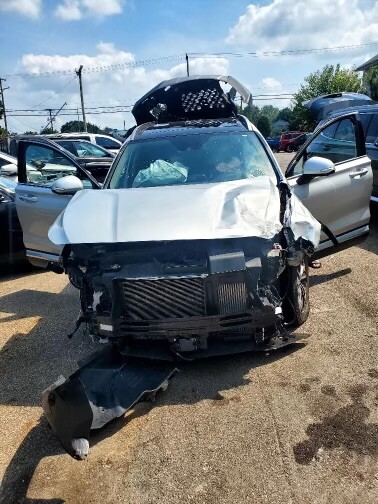
In This Guide:

Understanding Car Crashes And Their Risks
Understanding car crashes and their associated risks is the first step toward prevention. Road conditions, driver behavior, and car types contribute to different risk levels. Being aware of these factors can drastically reduce the chances of a mishap.
Each year, the U.S. witnesses a staggering average of over 6 million passenger car accidents. Leading the chart as the primary cause of death, road accidents sadly claim more than 38,000 lives annually. These figures are a harsh reminder of the potential deadly risks associated with driving.
Secondly, the reasons behind these crashes are varied and complex, often involving a combination of human error, mechanical failure, and environmental conditions.
Distracted driving, such as texting or eating while driving, is one of the leading causes of accidents. Other major contributing factors include driving in high speeds, driving under the influence of alcohol or drugs, and reckless driving.
It’s vital to note that many car crashes are preventable, with responsible driving playing a significant role in reducing these risks.
Lastly, the physical and emotional impact of car crashes extends beyond the immediate event.
Survivors may face long-term consequences, including physical disabilities, psychological trauma, and financial strain due to medical expenses or loss of income.
Safety Features: Your Car’s Silent Protectors
Your car’s built-in safety features serve as silent protectors. From airbags to anti-lock brakes, these systems aim to minimize damage, and knowing how to use them properly enhances their efficacy.
All vehicles are different and not every car will have all of these features. Here are a few examples:
- Seat Belts: Seat belts are your primary defense during a collision. They secure you in place, distributing the crash force across the stronger areas of your body. It’s simple: buckle up, every time.

- Airbags: These rapidly inflating cushions protect passengers during a severe impact, reducing injuries by preventing direct contact with the vehicle’s interior. Remember, they complement seat belts, not replace them.
- Seat Adjustments: Correct seating positions can significantly enhance your safety. Your seat should allow easy access to controls and pedals, with your back resting firmly against the seat, and the headrest adjusted to protect against whiplash.
Babies and young children should be in appropriate car seats or booster seats according to their age, weight and height.
You can learn more here about child safety seats: https://www.nhtsa.gov/equipment/car-seats-and-booster-seats
- Anti-lock Brakes (ABS): Anti-lock brakes prevent wheel lock-up during hard braking, allowing you to retain steering control — a lifesaver in panic-braking situations.
- Electronic Stability Control (ESC): This feature helps keep your vehicle on its intended path during a turn, to avoid skidding or even rolling over.
- Tire Pressure Monitoring System (TPMS): This system warns you when a tire is dangerously under inflated, helping to prevent tire blowouts and maintain optimal vehicle handling.
- Rear back up camera: This camera is helpful in avoiding back up collisions and detecting objects in rear blind spots.
- Blind Spot Sensor: These sensors notify you when something is in your blind spot. Notifications could be blinking light, sound or vibration depending on the car model.
- Lane departure assist: This feature can notify you when you are driving off the road and make small adjustments to keep you on the road.
- Forward Collision Warning: Sensors will warn you of possible front impact. This could be lights or sounds and in some models your car will brake for you to avoid collisions.
Your car’s safety features are not just technological marvels; they’re crucial elements designed to keep you safe. Make the most of them to enhance your safety during an unfortunate accident.
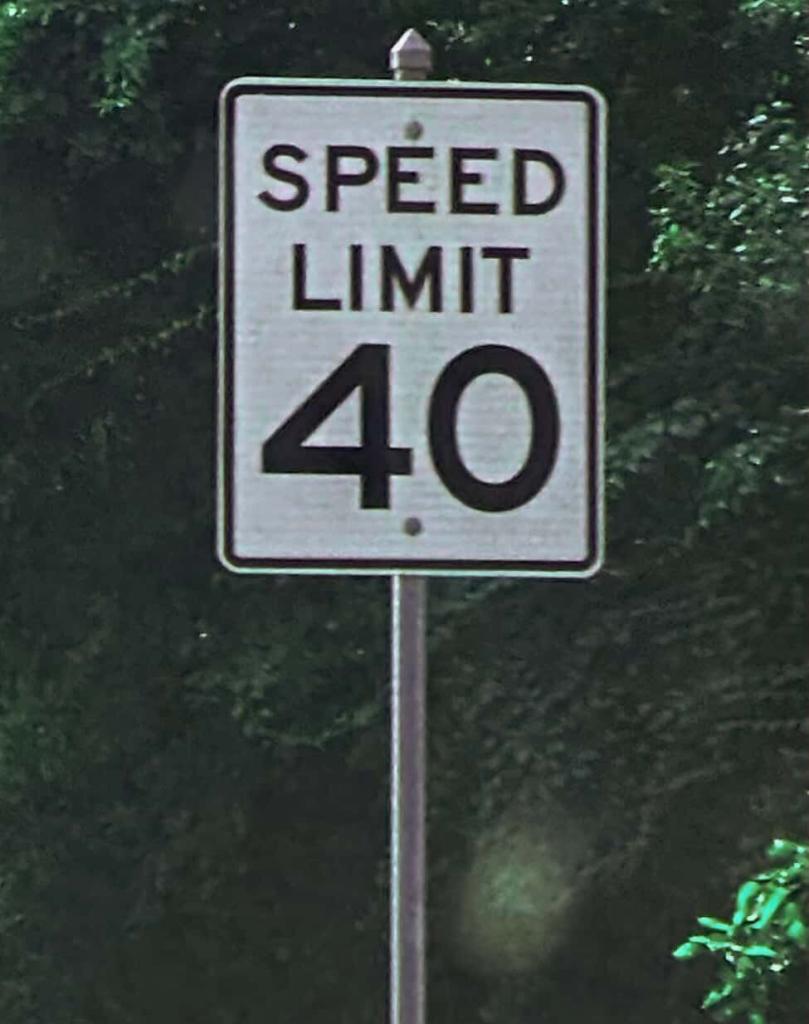
Ways To Prevent A Car Crash
Practical methods exist for significantly lowering your risk of a car crash, such as defensive driving courses that teach you essential skills for road safety.
Now let’s look into the preventative measures that can considerably reduce the risk of car crashes.
Respecting Speed Limits and Avoiding Distractions
Excessive speed is a leading cause of accidents. Likewise, texting or calling while driving diverts your attention and increases risk.
It’s best to practice the following when driving:
- Always follow the speed limit to maintain better control of your vehicle.
- Avoid using your cell phone to prevent distractions that can lead to car wrecks.
- Never text and drive, as this can significantly increase the risk of a crash.

Proper Use of Safety Features
Using your car’s safety features to the fullest can prevent accidents. Knowing when to use features like traction control can make a difference. Learn more about your car’s features by reading the car manual.
- Utilize your vehicle’s safety feature, such as anti-lock brakes and airbags.
- Adjust mirrors to eliminate blind spots and ensure optimal visibility.
- Always wear your seatbelt and ensure that children use appropriate child restraints.
Preventing Head-On Collisions
Preventing head-on collisions involves proactive measures, such as keeping a safe distance from oncoming traffic is essential and proper lane discipline to significantly reduce your risk of car accidents.
- Stay focused and avoid driving in oncoming traffic lanes.
- Be cautious when navigating winding roads, and pay attention to roadside warning to decrease the chances of a head-on collision and ensure a safer driving experience for everyone on the road.
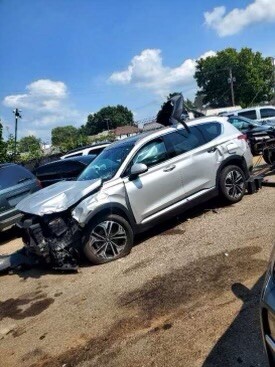
12 Tips For How To Survive A Car Crash Accident
If you do find yourself in an accident, knowing how to survive a car crash is critical. Having a game plan increases your chances of surviving. So follow these tips that range from immediate actions to psychological preparedness:
- Stay calm and focused: In the event of a car crash, keeping a clear mind will help you make better decisions and react more efficiently.
- Always wear your seatbelt: This might seem obvious, but it is essential to always wear your seatbelt, as it can significantly increase your chances of surviving an accident.
- Brace for impact: If you see an unavoidable crash coming, try to tense your muscles and brace yourself for the impact.
- Grip the wheel firmly: A firm grip on the wheel can help you maintain or regain control of the vehicle during a skid or other unexpected circumstances.
- Avoid head-on collisions: If a crash is imminent, try to avoid colliding head-on with other vehicles or immovable objects.
- Control your speed: The faster the impact, the more damage it will cause. Do your best to control your car’s speed and maneuverability during a crash.
- Steer in the direction of a skid: If your car starts to skid, turn the wheel in the direction of the skid, and avoid pressing the brakes or accelerator until your tires regain traction.
- Smooth movements: Quick but smooth responses can help you avoid potential accidents or minimize their effects.
- Be prepared for different scenarios: Educate yourself on how to handle various types of crashes, such as avalanches, hurricanes, or tornadoes, and follow the appropriate safety measures accordingly.
- Know how to escape from a sinking car: If your car ends up in a body of water, stay calm, unbuckle your seatbelt, roll down or break a window, and swim to the surface.
- Stay in your vehicle after an accident: If it is safe to do so, remain in your car until help arrives. This can protect you from further injuries or dangers on the road.
- Call for help: After assessing your own safety and that of any passengers, call emergency services for assistance.
Several modern vehicles come equipped with systems capable of detecting accidents and summoning assistance when you might not be able to. Refer to your vehicle’s safety guide to activate these essential features.
Additionally, many individuals carry smartphones or wear devices like Apple Watches, which also have crash detection and emergency SOS capabilities.
These can automatically alert emergency services and provide them with your location in the event of a mishap. Such potentially life-saving features are often overlooked, so it’s worth exploring what your devices can do for you.
Discover more here: https://support.apple.com/en-us/HT213225
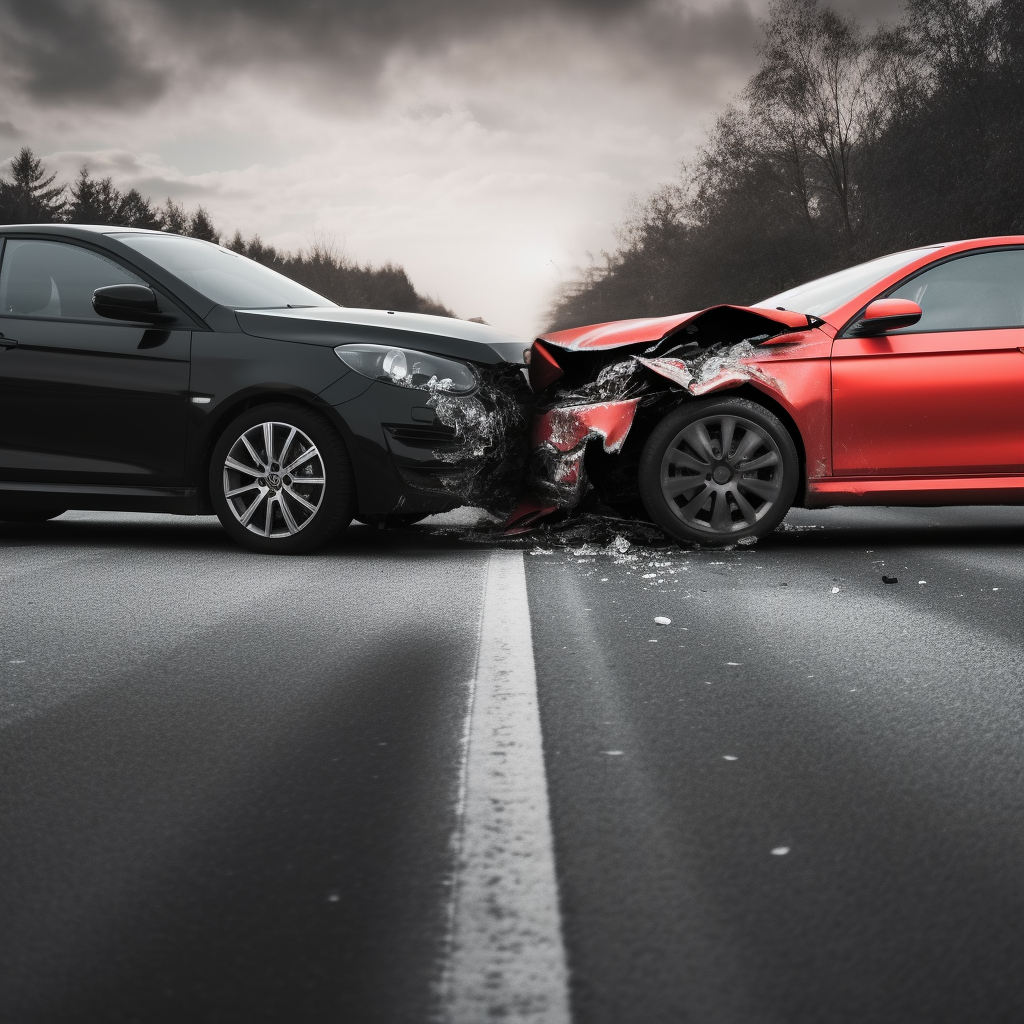
Surviving Specific Car Crash Scenarios
Different crash scenarios require unique survival strategies. Head-on collisions, for instance, have different dynamics compared to rear-end accidents. Adapting your response based on the situation can improve outcomes.
Head-On Collisions
Surviving head-on collisions primarily hinges on swift, evasive action. If an oncoming vehicle veers into your lane, sound your horn, flash your lights, and if necessary, steer right to avoid a direct hit.
Your aim is to redirect the impact to the sides of the vehicles, which can significantly reduce the chance of getting serious injuries.
Don’t forget to brace for impact, protecting your head and chest if a crash is unavoidable.
Rear-End Accidents
To survive rear-end accidents, always keep your seatbelt fastened and headrest adjusted to the correct height to prevent whiplash.
If you see the collision coming in your rear-view mirror, brace yourself by placing your head against the headrest and gripping the steering wheel tightly, preparing your body for the impact.
This can minimize injuries and maintain control over the vehicle.
Also, prepare for a potential secondary impact, as often these kinds of accidents can lead to a chain reaction, especially in traffic.
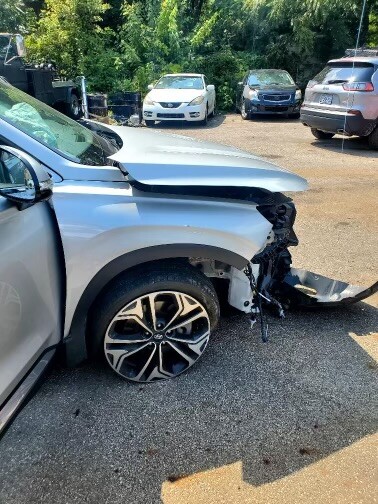
Side-Impact Collision or T-Bone
Surviving a side-impact or T-bone collision is largely about minimizing injury. Keep your hands on the steering wheel and brace against the seat to reduce movement during impact.
A properly worn seatbelt, in combination with the car’s side-impact airbags, will also be essential for mitigating the force and preventing severe injuries.
However, the impact can result in the car spinning, and knowing to release the brakes just enough to allow a controlled spin can prevent a rollover.
Car Rolled Over
If your vehicle begins to roll over, your seatbelt is your best safety feature. It keeps you inside the vehicle, preventing injuries caused by being ejected from the car.
Hitting A Moose Or Other Large Animals
In case of a collision with a large animal, such as a moose, keep both hands on the wheel and brake firmly. Don’t swerve, as you may lose control and cause a fatal car accident. Slow down in areas with wildlife warnings.
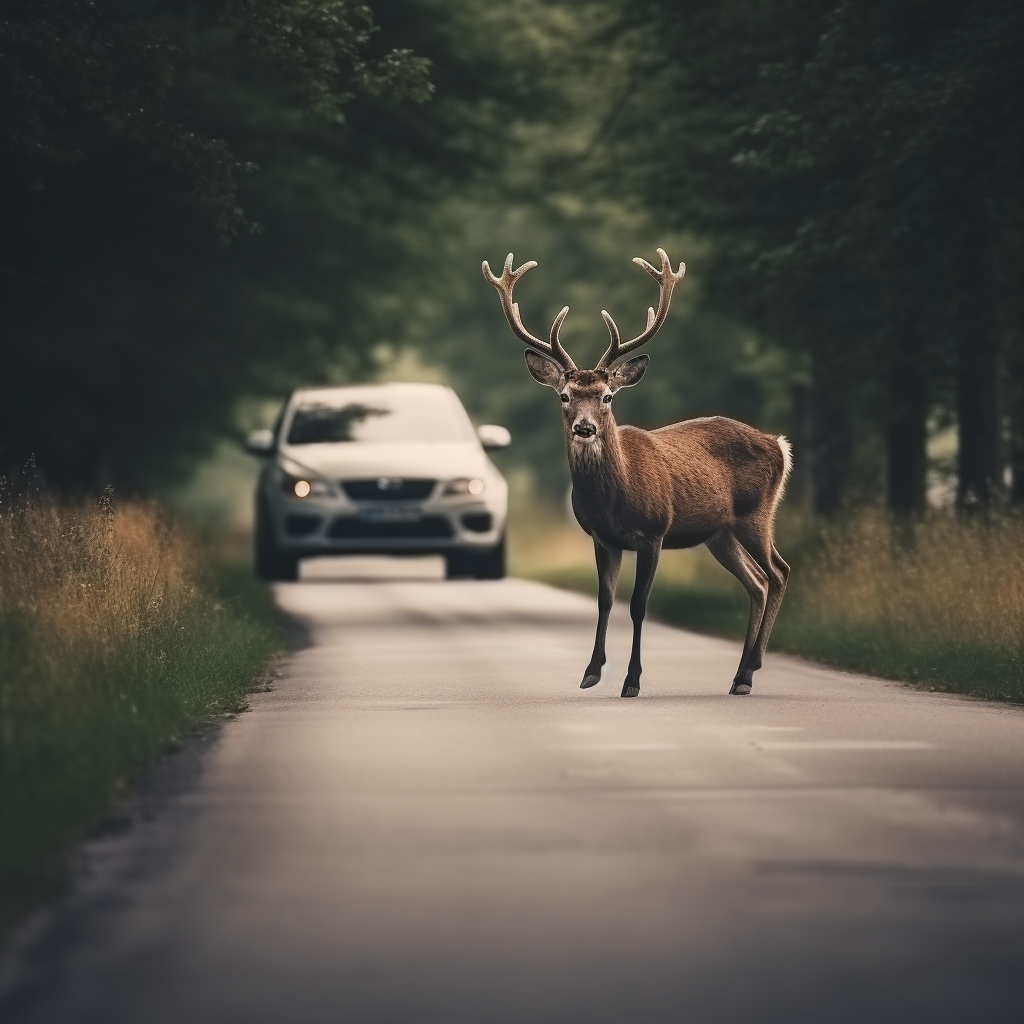
Crashing In The Middle Of Nowhere
After a crash in a remote area, assess your injuries and call for help if possible. Stay with your vehicle, use its hazard lights, and create a signal for rescuers to find you.
Falling Off A Cliff/Mountain
When facing a cliff or mountain fall, try to steer in the direction of the fall to reduce impact. Brace yourself and protect your head. Call for help once the car has stopped moving.
Getting Hit By Falling Debris
Cover your head with your arms and lean down towards the floor when debris falls. Park the car safely after the impact and assess damages and injuries.
Caught In A Rock Slide/Land Slide
When caught in a land slide, slow down, maintain a safe distance, and find an open area. Stay in your car and protect your head. Wait for help once the event has passed.
Crashing In Snow
After a winter crash, stay inside your car to avoid frostbite. Make sure the exhaust pipe is clear to avoid carbon monoxide poisoning. Use a blanket and call for help.
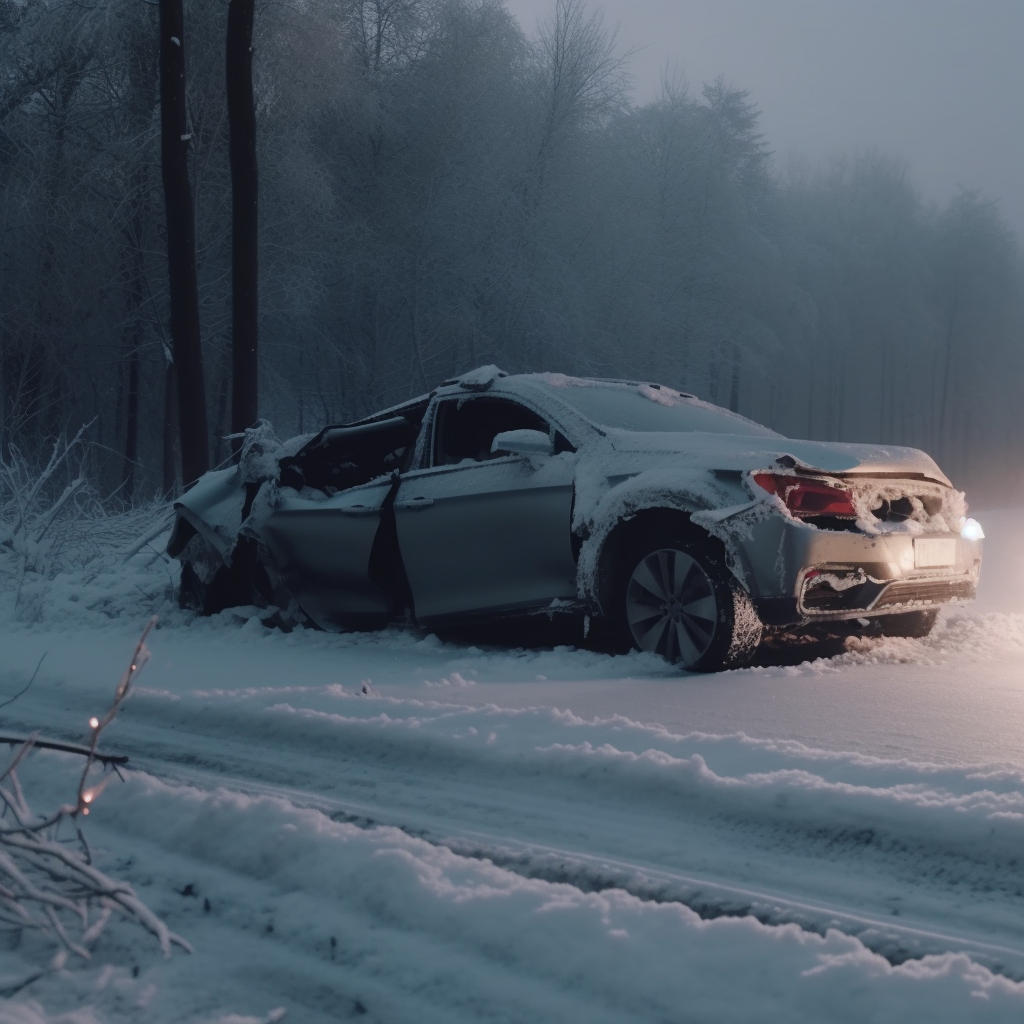
Crashing In A Wild Fire
Drive away from the fire, if possible. If trapped, park in an open area, close all windows, and cover yourself with a blanket. Wait for the fire to pass and seek help.
Car Caught In An Avalanche
Stay in your car once it stops moving. Turn on your hazard lights and honk the horn. Create an air pocket and avoid breathing into the snow. Wait for rescue.
Post-Crash Actions And Recovery
Actions taken post-crash can influence your recovery and legal outcomes. Immediate measures range from checking injuries to alerting authorities. You also need to follow through with medical treatment and legal procedure.
Immediate Measures To Take After A Crash
After a car crash, make sure you stay calm and keep a firm grip on the steering wheel. Avoid sudden movements like jerking the wheel or slamming the brakes — this could make things worse. Also, secure potential projectiles to prevent further harm.

Seeking Medical Treatment
Even in the safest car, injuries can occur, so prioritize your health and seek medical treatment as soon as possible. Don’t underestimate the impact of the accident on your body.
Follow-Up Care
Follow your doctor’s recommendations and continue attending check-ups for the best recovery. Patience and perseverance will help you bounce back stronger.
Emergency Supplies You May Need In Case Of A Car Crash
Even with the best precautions, car crashes can still happen. Having the right emergency supplies at hand can make a difference. First aid kits and road flares are basic essentials. Even high-tech gadgets like portable chargers and GPS units can be life-saving.
Hence, keeping a well-stocked emergency supply kit in your car can help you deal with the immediate aftermath of a crash and keep you safe while waiting for help to arrive.
Here are some of the essential items you should have in your emergency kit:
First Aid Kit
A first aid kit is crucial for treating minor injuries on the spot.
A basic kit should include band-aids, gauze pads, adhesive tape, disinfectant wipes, scissors, tweezers, and a few over-the-counter medications like aspirin and antihistamines.

High-Visibility Vest, Road Flares And Warning Triangles
After a crash, it’s essential to make yourself and your car visible to other drivers to avoid further incidents. Wearing a high-visibility vest will make you noticeable if you need to exit the vehicle, and placing warning triangles around your car will alert oncoming traffic.
Another great option is distress signals or road flares, these can be set up on the road or hand held to alert other drivers and emergency vehicles of your location. They are great at night or in all types of weather conditions.
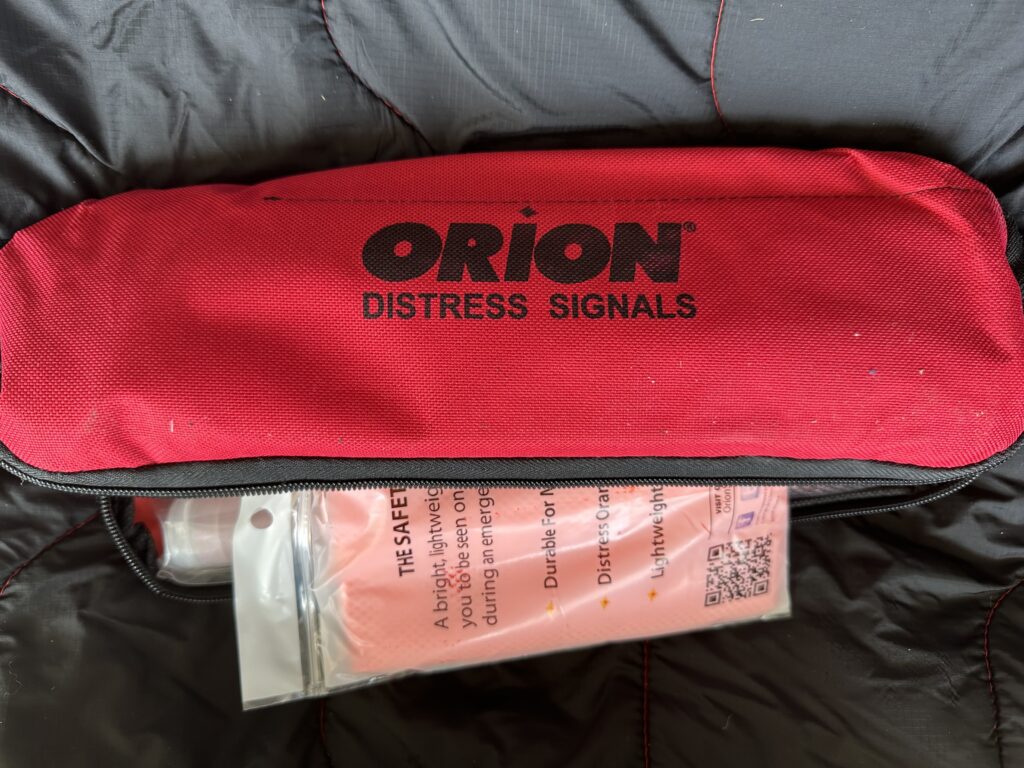
Flashlight and Extra Batteries
In case of a crash at night or a poorly lit area, a flashlight can help you assess the situation and make your vehicle visible to rescuers.
Blanket
If you’re stranded in cold weather, a blanket or emergency sleeping bag can help keep you warm until help arrives.
Fire Extinguisher
Acompact fire extinguisher designed for automotive use can help you keep the situation under control in the event of a small fire.
Window Breaker and Seat Belt Cutter
These tools can be lifesaving if you need to quickly exit a vehicle. They’re especially critical if the car is submerged or the doors are jammed.
Food and Water
In case you’re stranded for an extended period, keep a few bottles of water and non-perishable food items in your car. We usually have a few bottles of water and some miscellaneous protein bars in our car at all times. There are also survival kits for your car with water and food rations available such as the one below.
Cell Phone Charger & Portable Battery Pack
A car charger or a portable battery pack can ensure your phone is powered, allowing you to make emergency calls. Some car chargers can not only jump start your car but, contain usb ports to easily charge your phone and an air compressor for tires.
Basic Tool Kit
A basic tool kit should include items like a multi-tool, duct tape, and a tire pressure gauge. They might be useful in making minor repairs or stabilizing the situation.
Emergency Whistle
Emergency whistles can be used to signal for help, especially if you’re trapped or injured.
Survival Shovel
A survival shovel makes a great companion in an emergency. You may find yourself digging your car out of the snow after skidding off the road.
- Durable built made of cast martensitic steel
- Lifetime warranty
- Includes 28 survival tools
- Adjustable shovel angle
- Expensive
- Heavy
Tips For How To Survive A Car Crash Accident: Key Takeaways
Surviving a car crash is not a topic anyone likes to dwell on, but preparation can make a significant difference when seconds count. Risk awareness and prevention are your primary lines of defense. Should an accident occur, proper preparation and prompt action are your best allies.
Always remember the following:
- Stay calm during the accident. Remain or regain control of your vehicle.
- Steer in the direction of a skid. Avoid braking or pressing the accelerator.
- Wear your seatbelt properly. Ensure your lap belt sits low and your shoulder belt goes across your chest.
- Avoid sudden movements. Respond quickly but smoothly to any accidents.
While we all hope to never find ourselves in such a situation, it’s always better to be prepared.
Remember these tips, share them with your loved ones, and drive safely. Your life and the lives of others may very well depend on it.
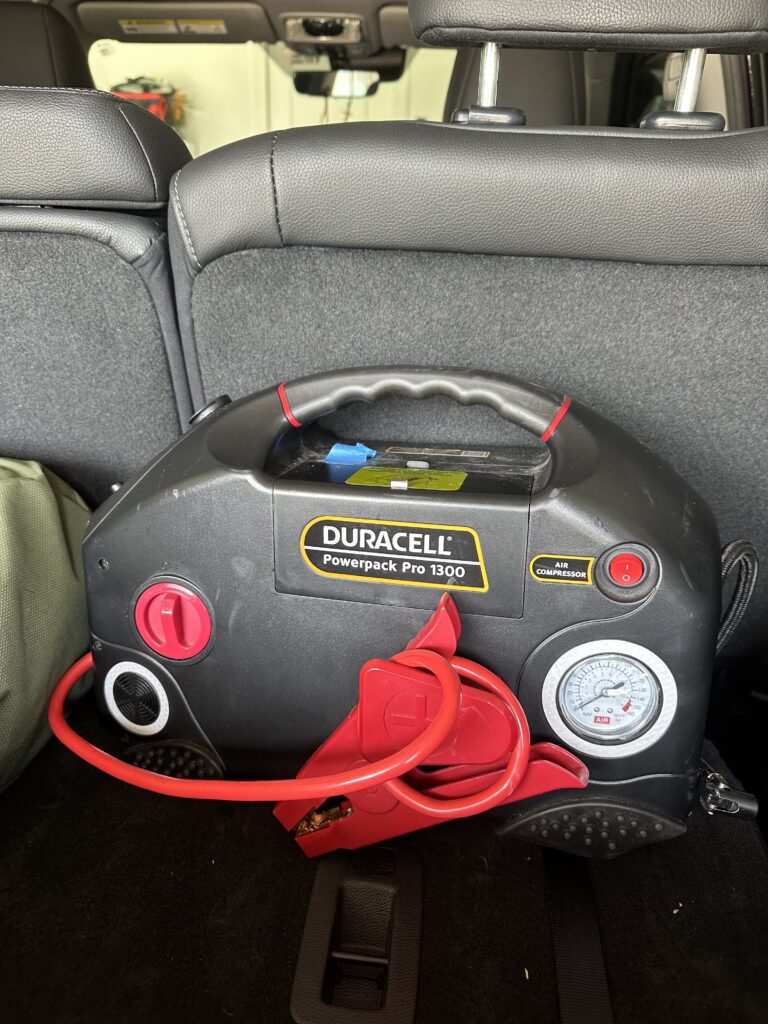
Pro Tip: I keep a Duracell Powerpack Pro in the back of my car at all times.
Despite being an older model, it is a dependable tool for emergencies and routine usage alike, whether I’m out and about or embarking on a family camping trip.
On a few occasions, it has enabled me to jump-start vehicles for random folks at places like the supermarket and local park.
One feature I particularly value is the air compressor. Its utility has been proven countless times to add air to a low tires and I’ve inflated a number of flat soccer balls for my children and their fellow teammates.
While this may not be the emergency situation I initially anticipated, the device’s versatility unquestionably proves to be beneficial.
ABOUT THE AUTHOR
Angie Montgomery is the co-founder of Monday Day Prepping. She and her husband Bill have been "prepper's" since 2008. When she's not helping manage the homestead, she enjoys teaching her two boys how to cook and make natural alternatives to cleaners and other household items.

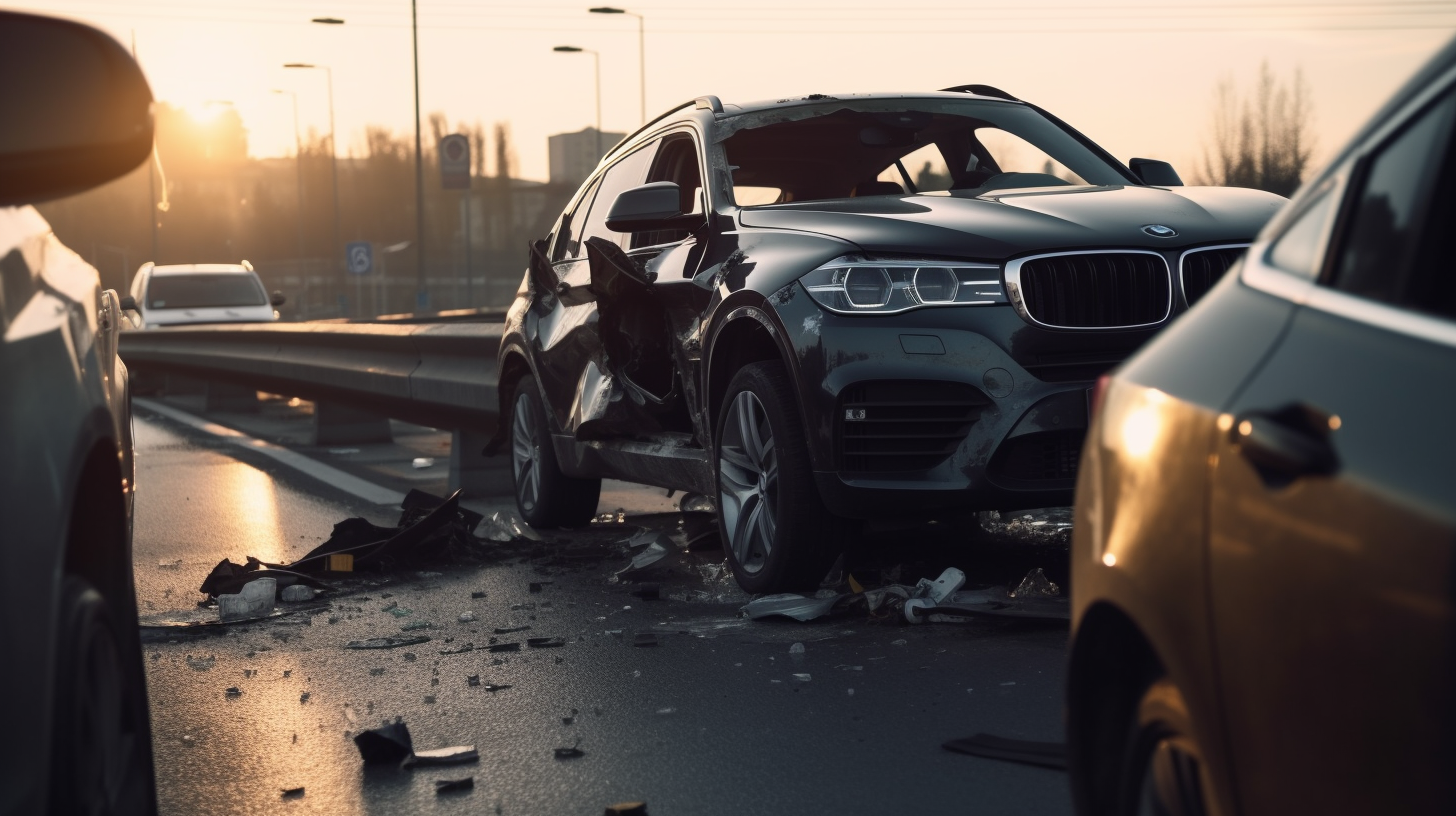












0 Comments